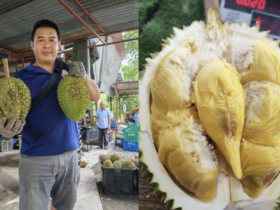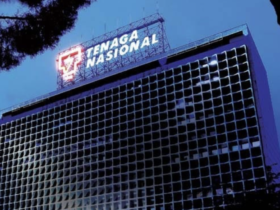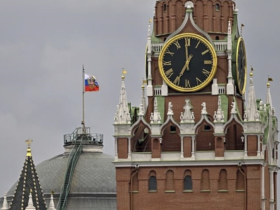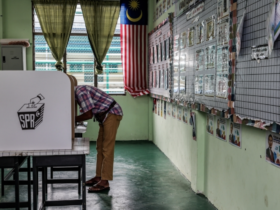PUTRAJAYA, March 30 — Economic uncertainty is shaping Malaysians’ spending habits this festive season, with consumers adopting a cautious approach despite stable economic conditions.
Bank Muamalat Malaysia Bhd chief economist Dr Mohd Afzanizam Abdul Rashid noted that the Malaysian economy continues to grow steadily at 5.1 per cent, with the labour market at full employment.
“This means many Malaysians are earning a steady income. The government has also introduced various policies, including raising the minimum wage to RM1,700 and increasing allocations for initiatives such as Sumbangan Tunai Rahmah (STR) and Sumbangan Asas Rahmah (SARA),” he told Bernama.
Despite these measures, private spending remains below average. Bank Negara Malaysia (BNM) forecasts private spending growth at 5.6 per cent this year, up from 5.1 per cent in 2023 but still below the 7.1 per cent average recorded from 2011 to 2019.
“Even with this increase, consumers remain cautious, likely due to lingering uncertainty and the high cost of living,” Mohd Afzanizam said.
He observed that many visitors to Ramadan bazaars browsed rather than made significant purchases, reflecting reduced transaction volumes compared to previous years.
On the tradition of giving duit raya, Mohd Afzanizam highlighted that Malaysia’s average annual inflation rate has been about 2.5 per cent since 1985.
“For context, RM1 in 1985 is now equivalent to around RM2.60 in today’s value.
As a general guide, duit raya amounts can range from RM3 to RM5, with higher sums given to close relatives or subordinates, depending on one’s financial means.
“For me, duit raya is more than just a gift—it encourages children to complete their fasts during Ramadan and reinforces the spirit of Aidilfitri,” he said.
He also noted a growing shift towards cashless transactions, with banks introducing digital duit raya platforms.
“However, for celebrations like Aidilfitri, some flexibility in using cash should be maintained to uphold tradition,” he added.
Bank Negara Malaysia (BNM) has limited the supply of new banknotes this festive season to promote sustainability in the financial system.
Instead, the central bank is distributing Fit banknotes—recycled notes that meet quality standards—ensuring they are clean, genuine, and suitable for circulation.
“New banknotes will only be issued if demand exceeds the supply of Fit banknotes,” BNM stated on Instagram.
The Fit banknote screening process is akin to a health check, ensuring only well-maintained notes re-enter circulation. BNM estimates that using Fit banknotes saves energy equivalent to the annual electricity consumption of 2,393 households.
Duit raya not only benefits individuals but also drives retail activity and domestic spending, Mohd Afzanizam said.
Historical data from 2017 to 2023 shows that Aidilfitri celebrations in the second quarter typically boost consumer spending, a key contributor to Malaysia’s gross domestic product (GDP) growth.
“In six of the past eight years, consumer spending accelerated in the second quarter, underscoring Aidilfitri’s role as both a religious celebration and an economic catalyst.
“Open houses—whether personal or corporate—fuel spending in catering, food supply, and event logistics. There is also a spillover effect on clothing, home furnishings, travel, and entertainment, further stimulating economic activity,” he said.
For parents looking to save their children’s duit raya, Mohd Afzanizam recommends depositing it in recognised financial institutions such as Tabung Haji, Amanah Saham Bumiputera (ASB), or the National Education Savings Scheme (SSPN).
“The Employees Provident Fund (EPF) now allows accounts to be opened from the age of 14, giving parents the option to start saving for their children’s future,” he said.
He also suggested gold as a stable long-term investment, especially for girls.
“Gold prices continue to rise, and amid global economic uncertainties, investing in gold is a secure way to preserve wealth,” he added.


-加码-scaled.jpg)

-加码-scaled.jpg)

















Leave a Reply